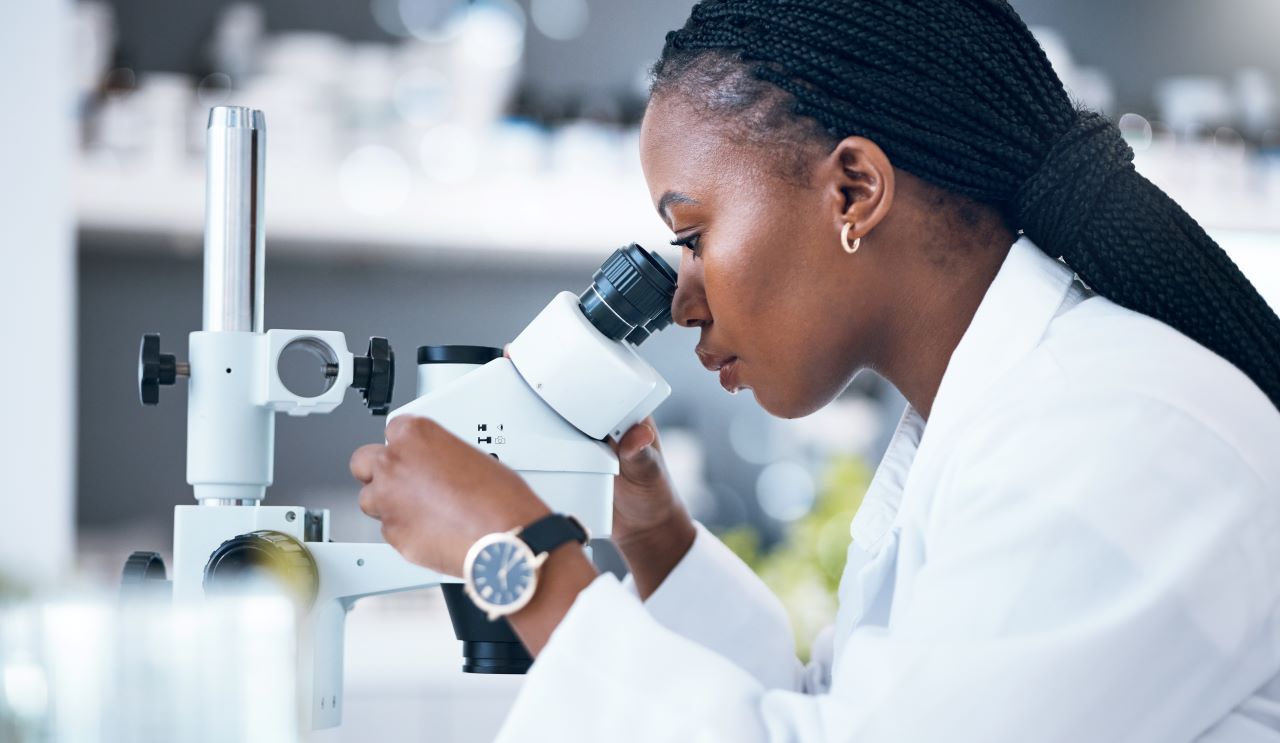The Outreach Network for Gene Drive Research has developed a new factsheet: “Why use genetic tools to address global health and conservation challenges?”. The publication underscores the transformative potential of genetic technologies, including gene drives, and their role in tackling pressing issues such as vector-borne diseases and invasive species management.
Over the past century, modern genetics – the study and manipulation of genes, heredity, and genetic variation in living organisms – has revolutionized our approach to confronting some of the world’s most pressing challenges. Genetic technologies offer unprecedented precision, complementing conventional approaches to answer some of the world’s most pressing global health and environmental challenges. Examples range from the process of RNA interference (RNAi) to molecular cloning, by way of the Sterile Insect Technique (SIT) and the potential use of engineered gene drives.

Genetic tools hold particular promise for large-scale control of disease vectors or invasive species by enabling scientists to precisely target specific genetic sequences within an organism. Current tools include genetically modified mosquitoes designed by Oxitec to reduce populations of species carrying deadly diseases such as dengue and Zika. Applications of mosquitoes with gene drives are also being considered as a potential tool to lower transmission of malaria and other vector-borne diseases. Such genetic tools could help reduce dependence on harmful chemicals typically used for mosquito control, reflecting a potential shift towards more targeted disease management.
In terms of biodiversity conservation, genetic interventions offer solutions beyond the reach of traditional methods for removing harmful invasive species from ecosystems, such as rodenticides or insecticides, which often carry the risk of broader ecological harm. Genetic interventions aim for targeted outcomes with reduced negative impacts. In addition, invasive species are sometimes introduced in very remote and inhabited areas, which poses a challenge to current methods in terms of reach.
Capacity-building and public education are crucial to ensure the successful integration and acceptance of these technologies. Strengthening local research infrastructures, funding grants, and fostering international partnerships will empower countries to participate in and benefit from the development of genetic advancements. At the same time, public awareness initiatives could also help demystify genetic tools and build trust in their applications.
To learn more on this topic, read the full factsheet here.
Recent posts
